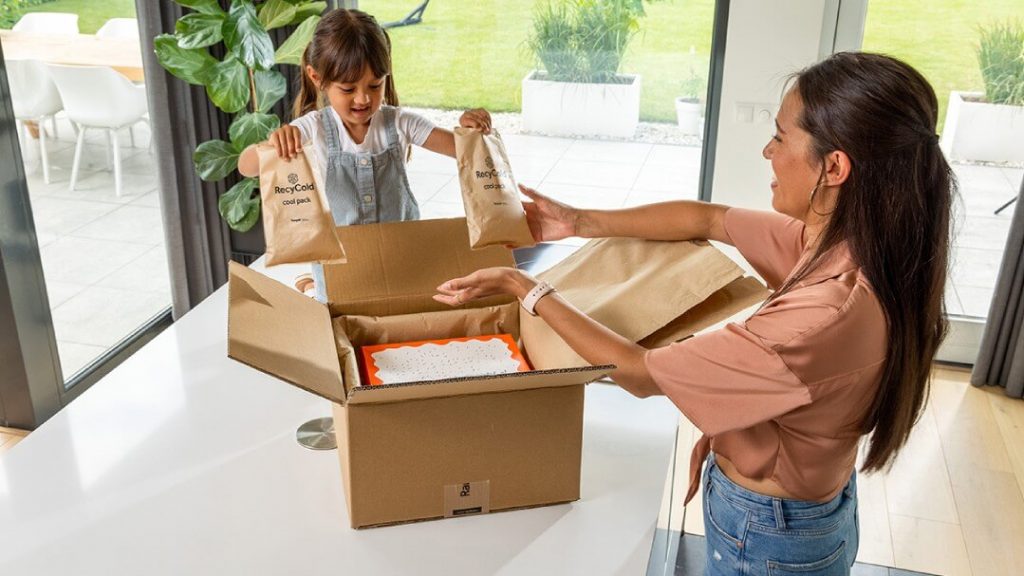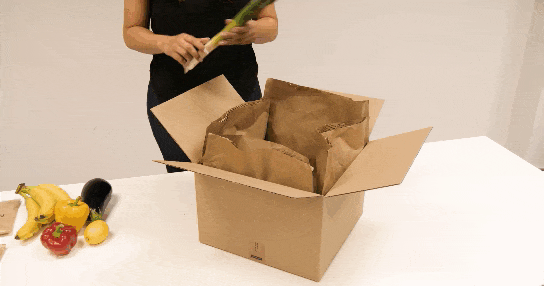The plastic problem is impacting the food we eat
분류되지 않은
March 7, 2024
분류되지 않은
March 7, 2024
The invention of cheap and pliable plastics led to a huge boom in their everyday use through the latter half of the 20th century. Although they quickly became a part of everyday life, new awareness of the dangers plastic presents to human health and the environment has become ever clearer. If current trends in plastic production persist, the Ellen McArthur Foundation predicts that the ocean will contain more plastic than fish by weight by 2050. By 2025, there may already be one tonne of plastic in the ocean for every three tonnes of fish.
Due to the amount of time it takes for plastic to break down and degrade, plastic pollution has infiltrated every part of the environment. This has led to the proliferation of “microplastics,” which are the small particles of plastic that result from the breakdown of manmade plastic materials. Because these particles get smaller and smaller as they degrade but do not truly disappear, microplastic particles have entered every environment on the globe, even showing up in Arctic ice and drifting through the deepest parts of the oceans.

More concerning still, microplastics are appearing in the food chain, including within plants and animals, which means they’re also impacting human health. New research estimates that the average person consumes roughly a credit card worth of plastic every week. The prevalence of plastic is so strong that they have even been measured in our blood and are found within the digestive systems of newborn babies. Although the ways that microplastics can impact our health are not yet fully understood, one thing is clear: it is vital that plastic be kept out of the food that we consume and the food supply chain. Fortunately, alternatives to plastic already exist, and can provide the protective qualities that are needed to ship food products while dramatically improving the circularity of secondary packaging.
The cold chain refers to temperature-controlled logistics networks that cover a broad range of products that require climate control during transport. The consumer-facing cold chain includes direct-to-home shipments of groceries, prepared foods, and meal kits. More often than not, common packaging solutions used in the cold chain include insulated foil bags, EPS containers, as well as chemical-based cool packs with fully plastic liners.

While arguably effective, the environmental risks created by these solutions run high due to their composition as a single-use material that is difficult or impossible to recycle curbside; ultimately adding to our growing landfills. As plastic breaks down into microplastics, there is a chance that they will eventually re-enter the food supply as contaminants. The irony of materials assigned to protect food eventually contributing to the proliferation of microplastics highlights the growing need for sustainable packaging, especially in cold chain. While not limited to the cold chain, a packaging model that is compatible with the circular economy can help contribute to the safety and quality of our food supply, human health, and the environment overall.
Beyond the science, consumer sentiment also points to sustainable solutions being the future of cold chain food packaging. A 2023 McKinsey report found that consumer sentiment around sustainability is increasing, with awareness of environmental challenges including ocean litter and pollution holding attention around the world. In particular, consumers are looking at compostable and plant-based packaging, with high recognition of paper as a substrate. Paper packaging is well-positioned to solve some of the major challenges of cold chain shipping while helping address plastic pollution.

The benefits of paper packaging in cold chain packaging include the high recycling potential of paper. In the US, the rate of paper recycling has grown from over 30% in 1990 to 67.9% as of 2022. In the EU, paper recycling rates are above 70% in the majority of countries, and three countries have reported over 90%. Thanks to this track record of circularity in combination with its use of renewable materials, paper is ideally positioned to replace single-use applications that would previously have relied entirely on plastic.
Ranpak’s focus on sustainable materials is an inherent part of our corporate identity. Since 1972, we’ve embraced the power of paper in packaging to replace unnecessary plastic in order to Deliver a Better World®. Since Ranpak’s founding, the urgency of this mission has only increased. Innovation in paper applications has led to the development of a full range of cold chain solutions that can serve as curbside-recyclable replacements for common plastic cold chain packaging.
In addition to being environmentally friendly, paper-based packaging is also non-toxic and food safe, with our RecyCold cool packs using a plant-based biodegradable cooling gel to maintain climate control in transit. Ranpak’s cold chain solution also includes our RecyCold® cool packs, which use a plant-based, biodegradable cooling gel to keep products climate controlled in transit. Both the gel within these packs, as well as the ink used for exterior printing, are suitable for indirect food contact. Ultimately, using non-toxic, sustainable, and biodegradable materials within the cold chain can help to keep our food safe to eat by preserving it in transit and eliminating a source of microplastic contaminants.
귀하는 지금 Ranpak 웹사이트에서 나가게 됩니다. 들어가게 되는 웹사이트는 Ranpak 및/또는 해당 자회사에 의해 소유되었거나 운영되지 않습니다. 타사 웹사이트에 포함된 콘텐츠, 상품 및 정보는 Ranpak 및/또는 당사의 모든 자회사에 의해 소유되었거나 운영되지 않습니다. 따라서 Ranpak은 타사, 타사의 상품 또는 서비스, 웹사이트, 개인정보 보호정책 또는 실행이나 타사 웹사이트의 콘텐츠와 관련된 피해에 대해 진술하거나 보증 또는 수용하지 않을 것이며 책임을 지지 않습니다.